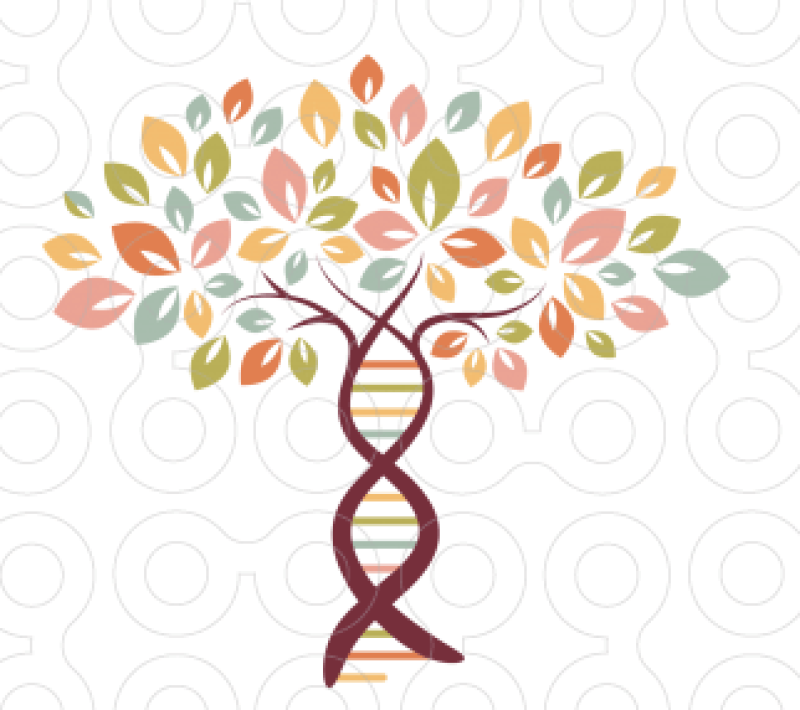Most Americans with colonial stock in their family could probably trace at least one genealogical line back to a Native American. To some extent this implies omniscience, as most people don’t have such a paper trail.
But to give an example of what I’m talking about, a huge number of Americans can trace descent from Pocahontas, because her great-grandson John Bolling is an ancestor of the semi-endogamous gentry of Virginia, the First Families.
America before 1800 was one of the world’s highest fertility societies. The over 1 million people living in New England at the time of the American Revolution were almost totally descended from ~30,000 settlers who arrived in the 1630s from England. Because of this finite pool of ancestry the genealogies of people of Yankee stock often intersect, and the same individuals show up over and over. Just a few Native Americans in the genealogy of settler stock can quickly propogate, so that in the present day it is entirely likely that the majority of the population with settler ancestry would be able to trace a sequence of ancestors back to someone who was of Native American stock.
[F]or ancestors who lived in ~250 years ago, and don’t show up in your genealogy over and over (so they get more than one shot), you are unlikely to have inherited any distinctive genetic segments. That’s because aside from parent to child transmission there’s a random component around the expected value of how much ancestry you are going to inherit from an individual, due to segregation and recombination at the genomic level.The shuffling during meiosis usually skews the fraction transmitted from the maternal and paternal parents of the transmitter away from parity (50% each). As the expected fraction get’s smaller and smaller with each generation it is no surprise that there is a high probability that some segments of ancestry don’t get transmitted at all.
Read the full, original story: Genealogical descent and identity by descent































